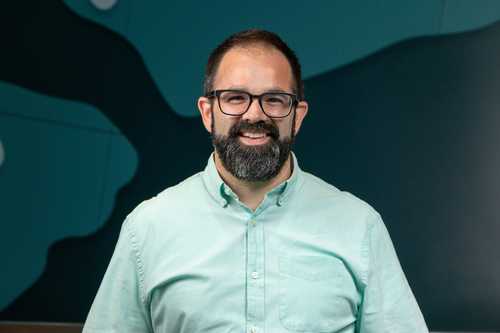Keywords: Water quality
Item 25726
Student letter to Edmund Muskie, Poland, 1970
Contributed by: Edmund S. Muskie Archives and Special Collections Library Date: 1970 Location: Poland Media: Ink on paper
Item 82247
Sebago Lake Station Hypochlorite Plant 1916
Contributed by: Portland Water District Date: 1916 Location: Standish Media: Lantern slide
Exhibit
Clean Water: Muskie and the Environment
Maine Senator Edmund S. Muskie earned the nickname "Mr. Clean" for his environment efforts during his tenure in Congress from 1959 to 1980. He helped created a political coalition that passed important clean air and clean water legislation, drawing on his roots in Maine.
Exhibit
Biddeford, Saco and the Textile Industry
The largest textile factory in the country reached seven stories up on the banks of the Saco River in 1825, ushering in more than a century of making cloth in Biddeford and Saco. Along with the industry came larger populations and commercial, retail, social, and cultural growth.
Site Page
Lubec, Maine - Klondike: Lubec's Gold from Sea Water Hoax
"… town, but we should welcome them for their social qualities. The officers of the company are earnest, Christian gentlemen, and many of their…"
Site Page
Swan's Island: Six miles east of ordinary - Draining the quarry
"The project was started to improve the quality of the pond's swimming water. The Quarry Pond formed in the hollow left by years of work at Baird's…"
Story
What does a warming climate mean for Maine?
by David Reidmiller
Climate change affects all aspects of life. What does this mean for Maine?
Story
Starting Chebeague Island Oyster Company
by Caitlin Gerber
Farming oysters in Casco Bay
Lesson Plan
Wabanaki Studies: Stewarding Natural Resources
Grade Level: 3-5
Content Area: Science & Engineering, Social Studies
This lesson plan will introduce elementary-grade students to the concepts and importance of Traditional Ecological Knowledge (TEK) and Indigenous Knowledge (IK), taught and understood through oral history to generations of Wabanaki people. Students will engage in discussions about how humans can be stewards of the local ecosystem, and how non-Native Maine citizens can listen to, learn from, and amplify the voices of Wabanaki neighbors to assist in the future of a sustainable environment. Students will learn about Wabanaki artists, teachers, and leaders from the past and present to help contextualize the concepts and ideas in this lesson, and learn about how Wabanaki youth are carrying tradition forward into the future.
Lesson Plan
Grade Level: 6-8, 9-12, Postsecondary
Content Area: Science & Engineering, Social Studies
This lesson presents an overview of the history of the fur trade in Maine with a focus on the 17th and 18th centuries, on how fashion influenced that trade, and how that trade impacted Indigenous peoples and the environment.















